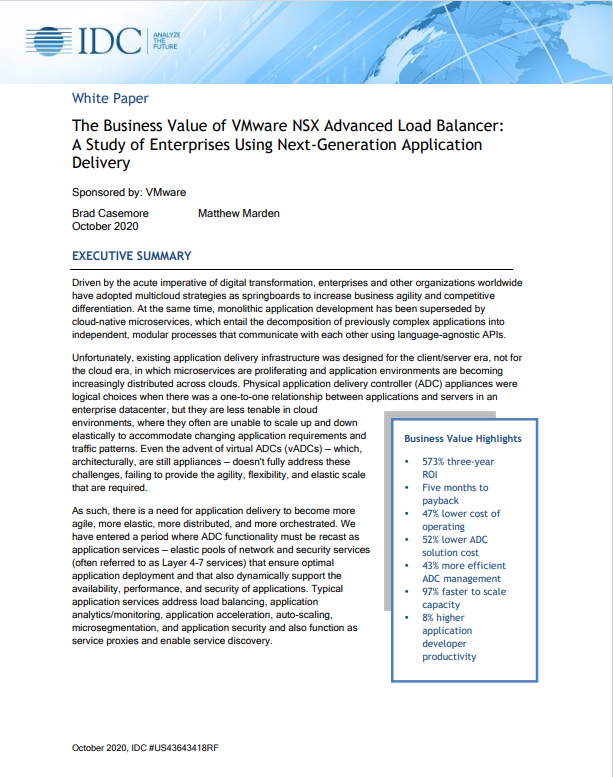Scientists demo quantum network prototype
German researchers use atoms, photons and fibre optic cables to create quantum network.


An elementary computer network using the principles of quantum physics has been demonstrated by a group of German scientists.
Boffins at the Max Planck Institute of Quantum Optics created a simple quantum network by joining two atoms with a fibre optic cable. A single photon was used to pass data between the two ends.
While quantum effects have been used in cryptography, using entangled pairs of photons to exchange cryptography keys, this new research shows how two quantum states can be used to create a computer network.
They achieved this using a single rubidium atom trapped in a reflective optical cavity. One atom is at each end of the network and these are connected via an optical fibre. Each rubidium atom is able to store a quantum state called a qubit.
When this atom emits a photon, the state of the atom is encoded in the photon's polarisation. At the other end of the fibre, the atom takes on this polarised state. This means that atoms can be used to store data in the form of qubits while photons transmit data.
However, while the atomic and photonic qubits were proposed fifteen years ago, getting these particles to interact with each other has been difficult.
Stephan Ritter of the Max Planck Institute of Quantum Optics, told Scientific American the problem was that "if you want to use single atoms and single photons, as we do, they hardly interact."
Sign up today and you will receive a free copy of our Future Focus 2025 report - the leading guidance on AI, cybersecurity and other IT challenges as per 700+ senior executives
Rene Millman is a freelance writer and broadcaster who covers cybersecurity, AI, IoT, and the cloud. He also works as a contributing analyst at GigaOm and has previously worked as an analyst for Gartner covering the infrastructure market. He has made numerous television appearances to give his views and expertise on technology trends and companies that affect and shape our lives. You can follow Rene Millman on Twitter.
-
 Cisco sounds alarm over AsyncOS zero-day flaw
Cisco sounds alarm over AsyncOS zero-day flawNews The zero-day vulnerability affects Cisco's Secure Email Gateway and Secure Email and Web Manager appliances – here's what we know so far.
-
 EU lawmakers want to limit the use of ‘algorithmic management’ systems at work
EU lawmakers want to limit the use of ‘algorithmic management’ systems at workNews All workplace decisions should have human oversight and be transparent, fair, and safe, MEPs insist
-
 Architecting enterprise networks for the next decade
Architecting enterprise networks for the next decadeWhitepaper A new paradigm in network architecture
-
 UK government eyes £160 million satellite fund to boost 5G and broadband
UK government eyes £160 million satellite fund to boost 5G and broadbandNews Low Earth orbit satellites could be crucial for worldwide communications stability
-
 Making the switch
Making the switchWhitepaper Realise the benefits of IP technology ahead of the digital ‘switch-on’
-
 IDC: The business value of VMware NSX Advanced Load Balancer
IDC: The business value of VMware NSX Advanced Load BalancerWhitepaper A study of enterprises using next-generation application delivery
-
 IBM and Verizon expand Texas lab to test new 5G use cases
IBM and Verizon expand Texas lab to test new 5G use casesNews Industries will be able to use 5G, hybrid cloud, and AI to create “Industry 4.0” applications
-
 Channel Pro Insight: A fast guide to central network management
Channel Pro Insight: A fast guide to central network managementWhitepaper How to stay connected and secure with central network management
-
 UCL sets record for fastest data rate
UCL sets record for fastest data rateNews University team achieves throughputs of 1.125 Tbps
-
 Intel acquires Avago’s LSI SDN business
Intel acquires Avago’s LSI SDN businessNews Pays $650 million for Axxia Networking Business firm
